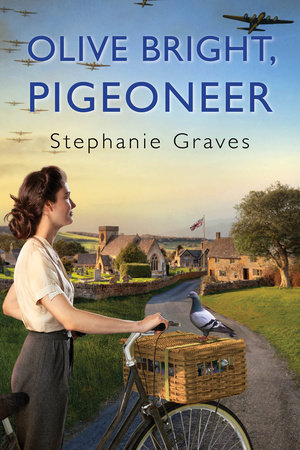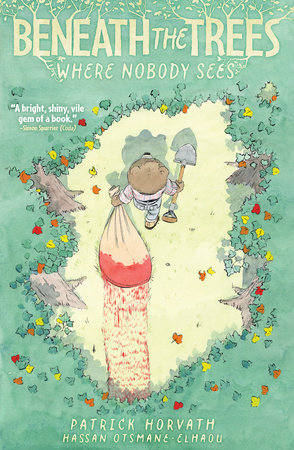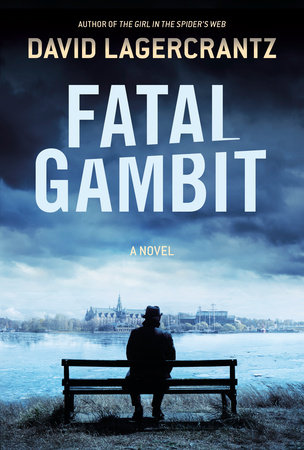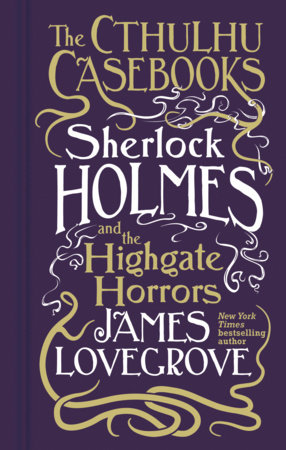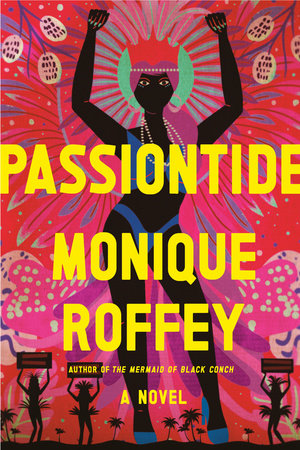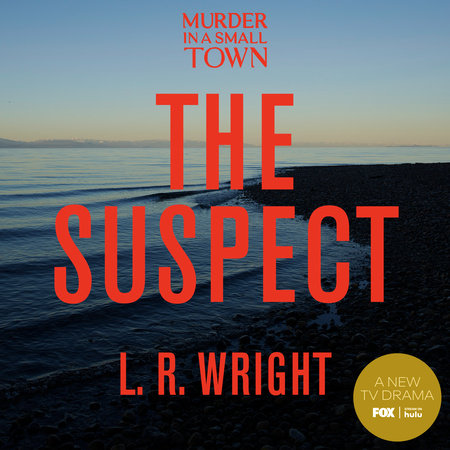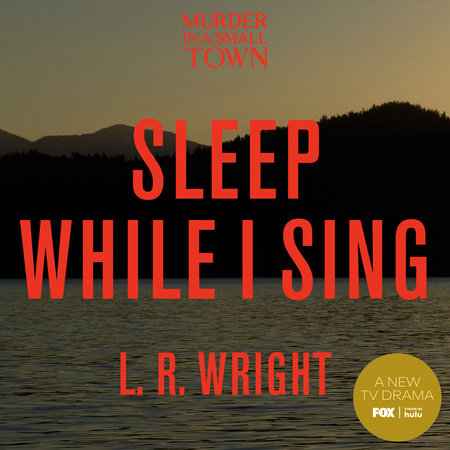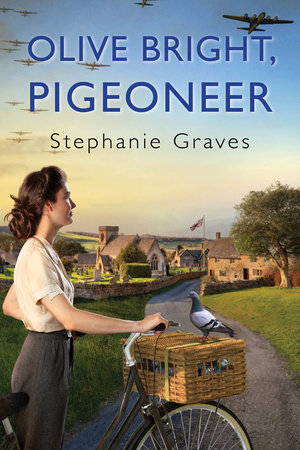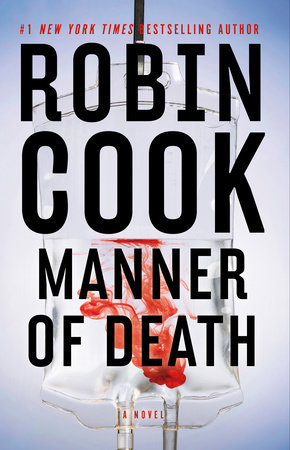A Historical Note from Stephanie Graves
In 1943, Maria Dickin, founder of the veterinary charity, People’s Dispensary for Sick Animals, instituted an award to be given in recognition of the heroic feats of animals serving with the British Armed Forces or the Civil Defense Services. A bronze medallion, the Dickin bears the words, “For Gallantry. We also serve,” encircled by a laurel wreath. Fifty-four medals were given for service during the Second World War, thirty-two of them to pigeons—more than any other animal by far.
When Neville Chamberlin declared war on Germany in September 1939, it was a call to arms for the whole of Britain. Man and beast, everyone was called to do their bit in the fight for their lives. While a cursory glance at the unassuming pigeon offered little hint as to its intelligence, loyalty, stamina, and endurance, history had told an entirely different story. Memories of pigeons’ heroic exploits in the Great War had not been forgotten. Prior to that, the unique qualities of the breed had been instrumental in the establishment of Reuters news service. Pigeons had, in fact, been carrying messages in war and peacetime as far back as Greek and Roman times.
Bred and trained to fly hundreds of miles at an impressive speed, from an unfamiliar location to its home loft, a racing pigeon could carry critical intelligence in a canister strapped to its leg. It filled the gaps left by wireless communications, saving pilots downed in the Channel and regiments under fire. It braved harsh weather conditions, artillery fire, snipers, and predators, at times impeded by considerable injury. It was, in short, a perfect soldier and much needed in the fight against German military might.
As such, British pigeon fanciers were encouraged to join the National Pigeon Service and offer their birds to the war effort. Even the King, who had been introduced, with his father, to the sport of racing pigeons by King Leopold II of Belgium, provided birds from the Royal Lofts at Sandringham. The Air Ministry was then responsible for supplying the various branches and organizations of the British war machine. The Army set up mobile pigeon lofts on the front lines in Europe, North Africa, India, and the Middle and Far East, and all Royal Air Force bombers and reconnaissance aircraft had at least one pigeon aboard, tucked carefully into its own watertight container, complete with parachute. In the event of an unscheduled landing, the bird would be released, returning to its home loft with the information necessary to facilitate a rescue mission. The Special Operations Executive (SOE), nicknamed Baker Street for its headquarters, used them as well, dropping pigeons along with secret agents behind enemy lines, where both were equally at risk.
SOE agents went through a rigorous training program before being inserted into Occupied Europe. They were assessed for physical and mental suitability and then instructed on every little detail of the job that lay ahead—from the proper way to ask for coffee and how to pick a lock, to the quickest way to bring a factory to a grinding halt. Special Training Schools were established, one of the first being at Brickendonbury Manor in Hertfordshire. It would become Station 17, the school for sabotage and site of explosive trials, thus amply contributing to Churchill’s directive to “set Europe ablaze,” in missions such as Operation Josephine B. Many SOE agents filtered through Brickendonbury Manor, and it’s entirely possible they had a pigeoneer at their disposal.
While her husband stayed busy in London as a Member of Parliament, Mary Manningham-Buller spent the war years in an Oxfordshire village, raising pigeons for the SOE. Parachuting into France, Holland, and Belgium, her birds were collected by agents on the ground and sent home with intelligence on German troop movements and operations, and newly developed weaponry, all of which was immediately transmitted by motorbike to the War Office in London.
The Germans were fully cognizant of the wartime benefit of pigeons: the state run German National Pigeon Society supplied birds for use by the military, the Schutzstaffel (SS), and the Gestapo. They were also keenly aware of the threat presented by Allied pigeons. Not only did they establish a hawking division in the German Air Force to intercept birds along the Channel, they made the strategic decision to clear the pigeon lofts in the countries they occupied. The result was that any unidentified bird—and the person who harbored it—came instantly under suspicion, their lives forfeit. To the Nazis, these foreign pigeons signified treachery and betrayal, whereas to the Resistance, the birds symbolized hope and freedom. They were a connection to the Allies—the last strongholds of democracy—and provided the means for them to assist in the fight.
It was a pigeon named Gustav that brought back the first news of Operation Neptune, the codename given to the Normandy landings, also known as D-Day. In order to preserve the critical element of surprise, the landings were carried out under radio silence, and hundreds of pigeons were standing by, waiting to carry messages home amid the threat of enemy fire and German-trained falcons. Gustav flew a hundred and fifty miles, against a 30mph headwind, in five hours and sixteen minutes, setting a pace of nearly 60mph over the duration. He was awarded the Dickin medal for this impressive effort.
Over the course of the war, an estimated quarter of a million pigeons were put into service by the British military; what they accomplished is little short of amazing.
